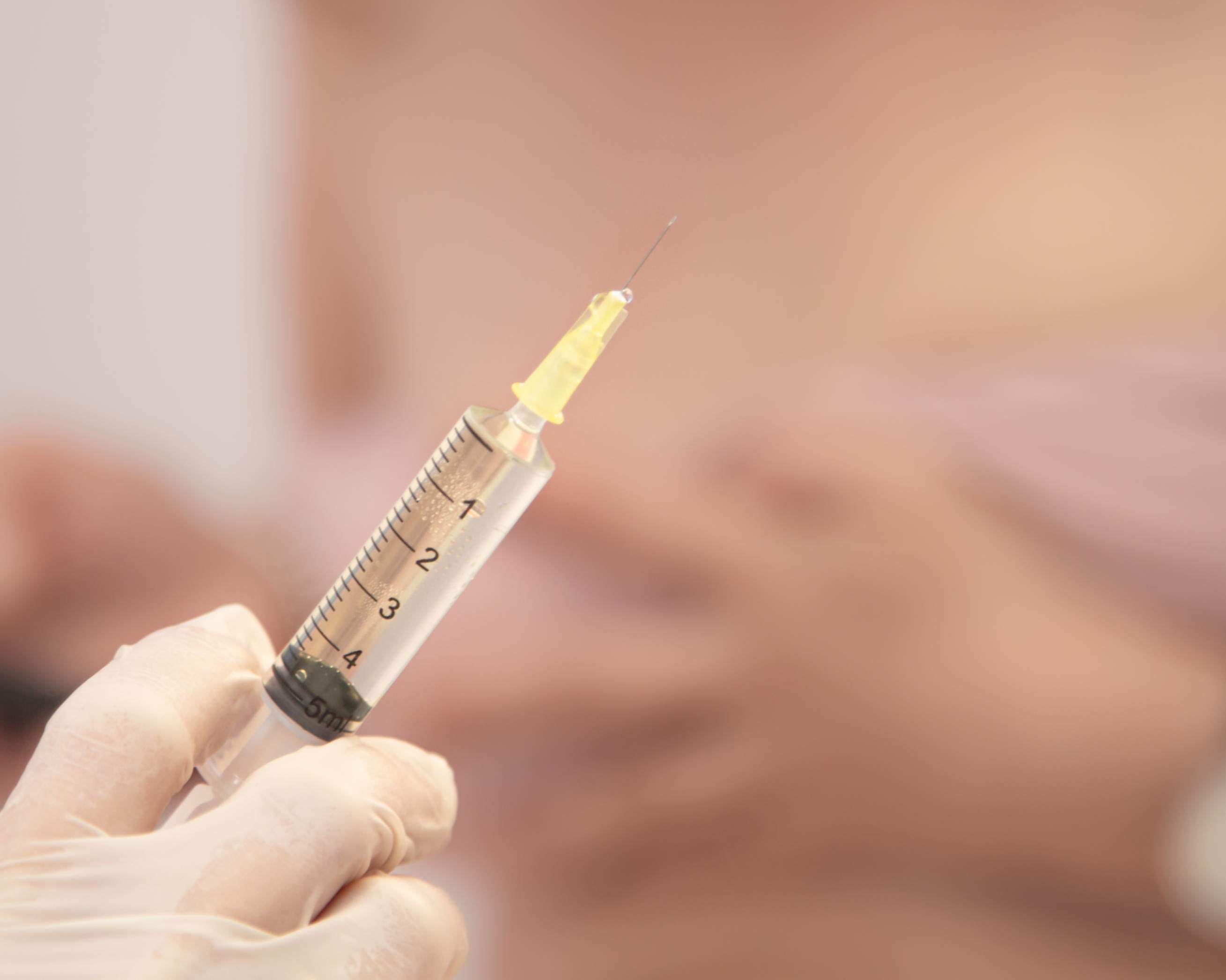What Is Baby Botox and Do I Actually Need It?
(Excerpt) Don’t worry, it has *nothing* to do with actual babies
In late July, the royal family was in the spotlight once again for some *scandalous* behaviour. No, it wasn’t another “Turnip Toffs” scandal. It was Kate Middleton’s face. Specifically, allegations that the future Queen of England has had a little work done. On July 24, Munir Somji, the chief medical officer of the British Dr. Medi Spa clinic, posted before-and-after photos of the royal on Instagram with the caption “Our Kate loves a bit of baby Botox.” In the now removed post, Somji pointed out what he says was evidence of the procedure. Kensington Palace was quick to shut down the rumours, giving a statement to The New York Post that said the claims were “categorically not true.”
But regardless of whether or not HRH actually has had the cosmetic treatment, the claims brought up a lot of questions: Does the palace have its own cosmetic treatment centre a là Sin Rostro’s lair in Jane the Virgin? Can Middleton’s skin actually look *that* good sans treatment? Does Lizzie herself subscribe to the practice? Will the royal family be releasing a line of Botox products? And what does Prince Philip think of all this? But mainly: What is baby Botox? And also, should I be getting it? Here, we break down everything you need to know about this cosmetic-treatment trend.
So, WTF is it?
For those of you in a panic, don’t worry: Baby Botox has nothing to do with actual babies. (Phew!) “‘Baby Botox’ just refers to doing smaller-dose treatments [of Botox],” Dr. Ashlin Alexander, a Toronto-based facial cosmetic surgeon, tells FLARE.
Not to be mistaken with fillers—which increase volume in areas like the lips—Botox (a.k.a. botulinum toxin) is an injection that weakens the muscles, reducing and smoothing wrinkles and enhancing a patient’s overall facial appearance.
Short version: Smaller doses of Botox help patients achieve a more “natural” look, smoothing fine lines and wrinkles and ensuring that you avoid an experience like this:
“It used to be that the classic filler-and-Botox look was one that looked fake and way overdone,” says Dr. Alexander. “Not anymore. Now the focus is on using safe products, which are reversible, to provide a natural result that looks refreshed but not ‘plastic.’”
There’s a reason you’re hearing about it everywhere
If it seems like a lot of people you know are talking about cosmetic treatments, it’s probably because they are. The fact of the matter is that these treatments are less taboo now. And there’s a reason for this. “Products are better, injectors are better [and] there’s an ever-increasing focus on youthfulness, health and beauty in mainstream media and social media,” says Dr. Alexander. Need we remind you of The Hills’ Heidi Montag’s 10 surgeries in one day (!!)?
And with the prevalence of selfie culture (and horror-inducing aging apps like FaceApp), our current climate kind of dictates that we need to look our best, he continues.
It’s not just aging women who are having the treatment, either. A 2017 report by the American Society of Plastic Surgeons found that the number of men having Botox is steadily increasing, and there’s a similar trend in Canada, according to a June 2018 article by Global News. The number of millennials choosing to get Botox is also rising, with injections among 22- to 37-year-olds increasing by 22% in the past five years, according to the American Academy of Facial Plastic and Reconstructive Surgery.
“I would say there’s been a trend towards younger patients coming in for ‘preventative Botox’ treatments,” says Dr. Alexander.
Dr. Lisa Kellett, a dermatologist who does filler treatments at her Toronto clinic, DLK on Avenue, agrees that the conversation around procedures like Botox and fillers has changed, with people being more accepting now—due in part, perhaps, to the realization that they just make some people feel good. “It’s something that you can improve, much like when you get your hair done or have your makeup done,” says Dr. Kellett. “Those are ways for people to feel better about themselves, and it’s much the same thing [with Botox and fillers].”
By Katherine Singh | To read the entire article, please click here.



